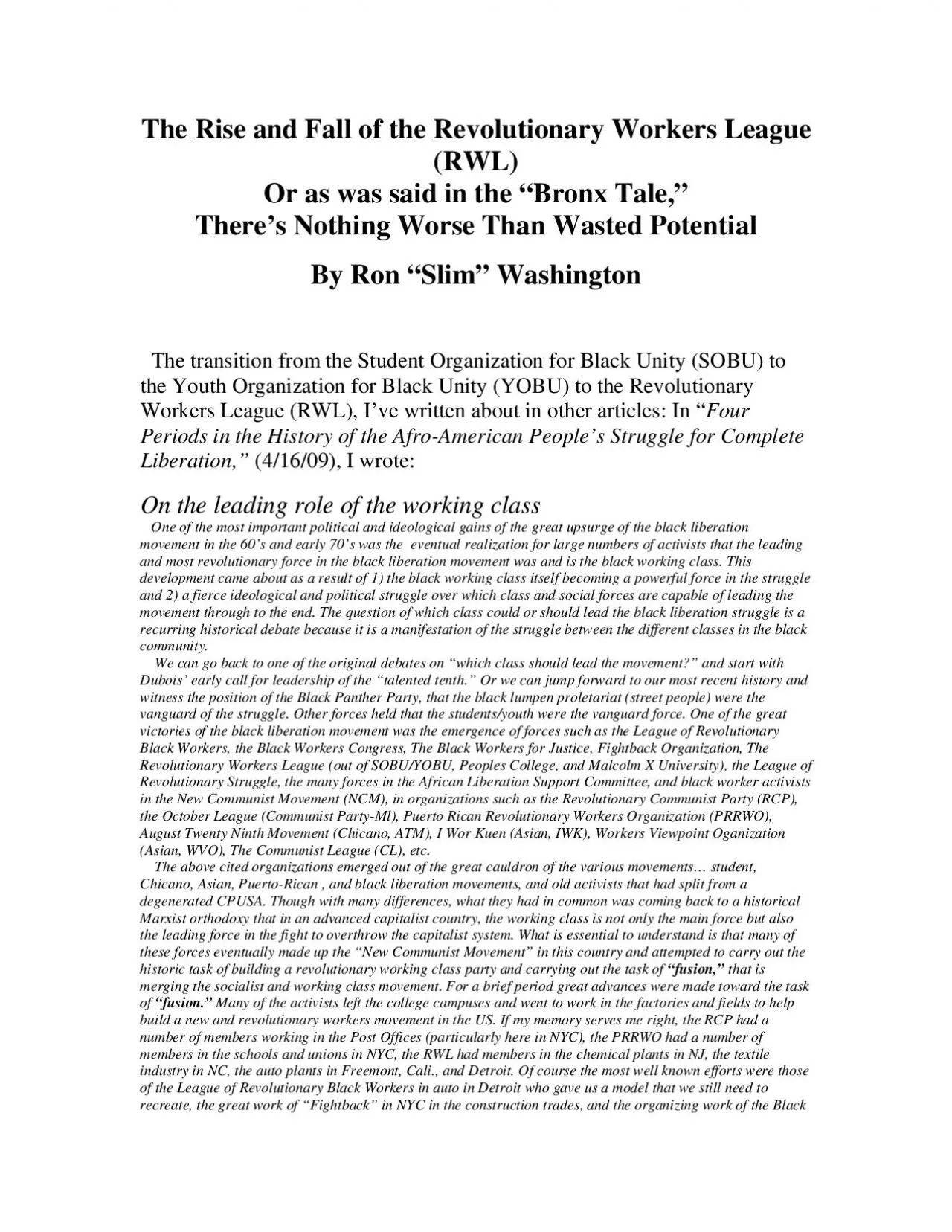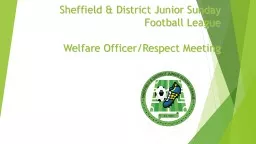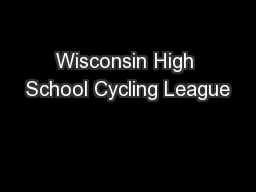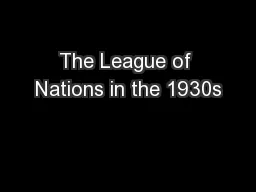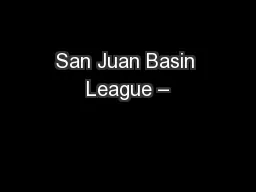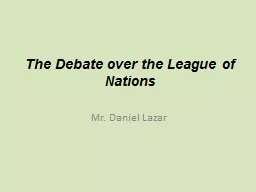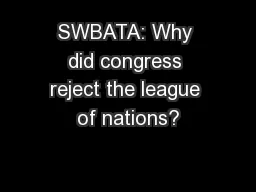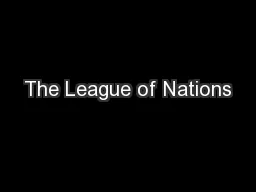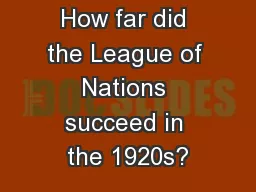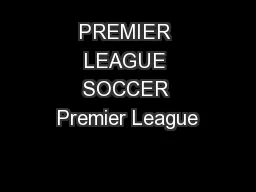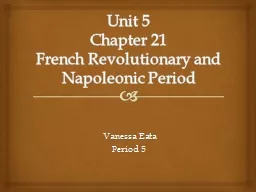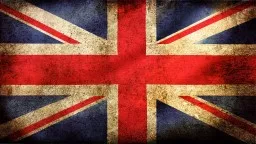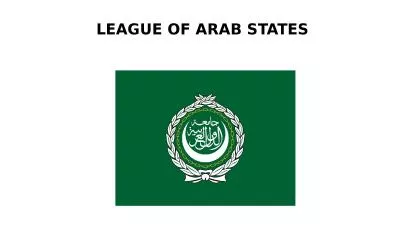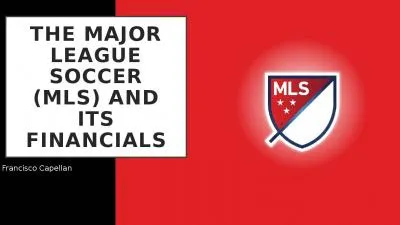PDF-The Rise and Fall of the Revolutionary Workers League RWL Or as was sa
Author : brown | Published Date : 2021-08-09
Workers for Justice in North Carolina the work of the October League in the mineworkers and other struggles in the south There were countless smaller organizations
Presentation Embed Code
Download Presentation
Download Presentation The PPT/PDF document "The Rise and Fall of the Revolutionary W..." is the property of its rightful owner. Permission is granted to download and print the materials on this website for personal, non-commercial use only, and to display it on your personal computer provided you do not modify the materials and that you retain all copyright notices contained in the materials. By downloading content from our website, you accept the terms of this agreement.
The Rise and Fall of the Revolutionary Workers League RWL Or as was sa: Transcript
Download Rules Of Document
"The Rise and Fall of the Revolutionary Workers League RWL Or as was sa"The content belongs to its owner. You may download and print it for personal use, without modification, and keep all copyright notices. By downloading, you agree to these terms.
Related Documents

